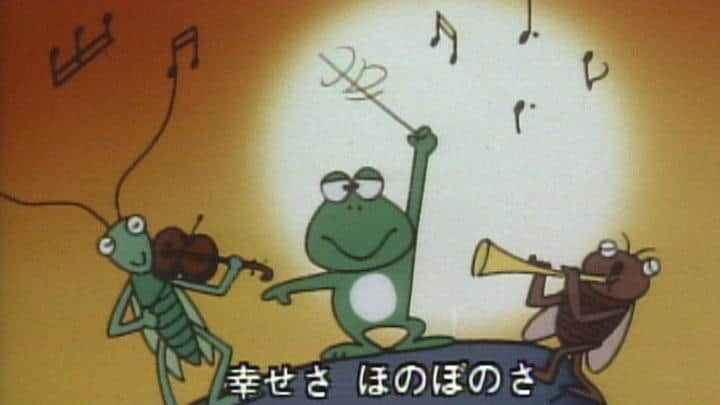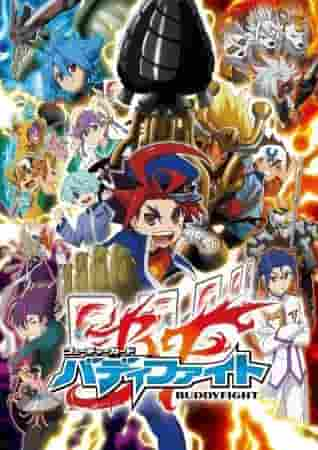"Twenty-Four Eyes": Reassessing a moving masterpiece

"Twenty-Four Eyes": A moving masterpiece depicting the mental landscape of the Showa era■Overview of the work"Twenty-Four Eyes" is a TV special based on the novel of the same name by Tsuboi Sakae, and was broadcast on Fuji TV on October 10, 1980. It is a single episode, 70 minutes long, directed by Yoshida Shigenori and Jissoji Akio. This work, which skillfully depicts the deep human drama of the original novel and the background of the Showa era, touched many viewers. ■ StoryApril 1946. A boat was heading for Shodoshima Island in the Seto Inland Sea. On board were Oishi Hisako and her son. Oishi began to tell his son the story of when he was first assigned to Shodoshima. It was April 4th, 1928. Having graduated from the normal course of a girls' school, Oishi was assigned to a branch school on the cape as a full-time teacher. Twelve first-year students with 24 sparkling eyes enrolled there. The "female teacher," who wore Western clothes and rode her bicycle to school, was shunned by the islanders, but the students came to support her. ■CastProfessor Oishi: Chieko Baisho Misako Nishiguchi: Marika Okamoto Masuno: Keiko Toda Matsue Kawamoto: Tamae Shiraishi Sanae Yamaishi: Junko Takamiya Kozuru Kabe: Ako Asano Isokichi Okada: Kiyotaka Mitsugi Narrator: Tomoko Naraoka and others ■ Main staffScreenplay: Sumie Tanaka Music: Takeo Watanabe Animation Director: Kenji Kodama Art: Noboru Tatsuchi, Masakatsu Ikeya Cinematography: Hajime Hasegawa, Masao Nakahori Assistant Directors: Yuzo Aoki, Zenji Shimomura ■ Theme songs and music[OP] Song: Love is Shining Eyes / Singer: Baisho Chieko / Lyrics: Imanari Akiyoshi / Composer: Imanari Akiyoshi / Arranger: Ishida Katsunori [ED] Song: Your Eyes / Singer: Baisho Chieko / Lyrics: Shimomura Akihiko / Composer: Shimomura Akihiko / Arranger: Ishida Katsunori ■ Appeal and evaluation of the work"Twenty-Four Eyes" is a masterpiece that depicts the real background of the Showa era, the tragedy of war and the warmth of humanity. In particular, the interaction between teacher Oishi Hisako and her students deeply touches the hearts of viewers. Baisho Chieko's acting perfectly expresses the teacher's kindness and strength, moving viewers. In addition, the script faithfully reproduces the profound human drama of the original work, and the art depicting the beautiful scenery of the Seto Inland Sea is also magnificent. This work portrayed the horrors of war, but also portrayed people who never forgot hope and love, deeply moving viewers. In particular, the fate of the students torn apart by the war and Mr. Oishi's dedicated attitude towards education resonated with many viewers. In addition, the realistic portrayal of the Showa period makes it a valuable work that allows viewers to learn about the life and culture of that time. ■ Background and production secrets of the work"Twenty-Four Eyes" is based on the novel of the same name by Tsuboi Sakae, which was originally published in 1952. The original is a moving story about the interactions between teachers and students set in pre-war Japan, and was beloved by many readers. The work was made into a film in 1954, and has been adapted into film many times since. The 1980 TV special version moved many viewers by faithfully recreating the profound human drama of the original while realistically portraying the Showa period background. In producing the film, directors Shigetsugu Yoshida and Akio Jissoji worked together to faithfully recreate the profound human drama of the original work. Screenwriter Sumie Tanaka also wrote a detailed script that conveyed the emotional impact of the original work to viewers. Music composer Takeo Watanabe provided beautiful music that evoked the Showa period, deeply touching viewers' hearts. Animation director Kenji Kodama created beautiful scenes of the Seto Inland Sea that deeply moved viewers. ■Influence and evaluation of the work"Twenty-Four Eyes" touched many viewers and was praised as a masterpiece that depicts the mental landscape of the Showa era. In particular, the interaction between Professor Oishi Hisako and her students deeply touched the hearts of viewers and evoked sympathy from many viewers. Also, while depicting the horrors of war, the portrayal of people who never forgot hope and love deeply touched viewers. This work is a valuable work that allows viewers to learn about the life and culture of the Showa era by realistically depicting the historical background. It also moved many viewers by faithfully recreating the deep human drama of the original work. In particular, Baisho Chieko's performance perfectly expressed the kindness and strength of the teacher, which moved viewers. ■ Recommendation points"Twenty-Four Eyes" is a moving masterpiece that depicts the mental landscape of the Showa era. In particular, the interaction between teacher Oishi Hisako and her students deeply touches the hearts of viewers. Also, while depicting the horrors of war, it depicts people who never forget hope and love, deeply moving viewers. With its realistic portrayal of the Showa era background, it is also a valuable work that allows viewers to learn about the life and culture of that time. Baisho Chieko's acting and the beautiful scenery of the Seto Inland Sea are also superb, so it is a work that you should definitely see. ■ Related works"Twenty-Four Eyes" is based on the novel of the same name by Tsuboi Sakae, which was originally published in 1952. The original is a moving story about the interactions between teachers and students set in pre-war Japan, and was beloved by many readers. This work was made into a film in 1954, and has been adapted into film many times since. In particular, the 1987 film version, in which Baisho Chieko reprised the role of teacher Oishi Hisako, moved many viewers. The 2005 TV drama version also moved many viewers, faithfully recreating the profound human drama of the original. ■How to watchThe TV special version of "Twenty-Four Eyes" is currently available on DVD and Blu-ray, and is also available on streaming services, so it's definitely something you should check out. ■ Summary"Twenty-Four Eyes" is a moving masterpiece that depicts the mental landscape of the Showa era. In particular, the interaction between teacher Oishi Hisako and her students deeply touches the hearts of viewers. Also, while depicting the horrors of war, it depicts people who never forget hope and love, deeply moving viewers. With its realistic portrayal of the Showa era background, it is also a valuable work that allows viewers to learn about the life and culture of that time. Baisho Chieko's acting and the beautiful scenery of the Seto Inland Sea are also superb, so it is a work that you should definitely see. |
<<: Space Battleship Yamato III: The Appeal and Evaluation of Leiji Matsumoto's Masterpiece Series
>>: The appeal and evaluation of "Hoero Bun Bun": A must-read review for anime fans
Recommend
A thorough review of "Girls & Panzer" Heartful Tank Disc Yukari Akiyama's Tank Lesson Extra Edition
The appeal and details of "Girls & Panze...
Netflix's live-action series "Parasyte" releases official trailer
Netflix's live-action series "Parasite&q...
"SWAT" new poster reveals Jia Nailiang and Ling Xiaosu showing off their bodies
Today (November 26), the "stylish" anim...
"The Meg 2" has started filming in the UK, and Li Bingbing is expected to return
According to Variety, The Meg 2 has begun filming...
The appeal and reviews of Dojin ~Heaven's Lullaby~: Rediscovering the movingness of everyone's songs
The appeal and evaluation of "Dojin: Heavenl...
Lance Reddick, a black actor from the 'John Wick' franchise, dies at 60
According to TMZ, Hollywood black actor Lance Red...
The movie "Hot and Spicy" released a new poster: Jia Ling's jawline is thin
Jia Ling released a solo poster of the movie &quo...
After the end of "The Battle of Two Cities", Riot will also launch three dramas exploring the world view of "League of Legends"
The second season of the highly anticipated Leagu...
In trouble again! Harry Potter author JK Rowling accused of discrimination against transgender people
According to a recent report by foreign media Var...
The director originally wanted to give Vision a Tintin in "Avengers 2"
As we all know, in "Avengers: Age of Ultron&...
Marvel's famous villain Red Hood will become the new "Ghost Rider" and his new look is revealed
Ghost Rider, Marvel's famous anti-hero charac...
Paper model expert creates super detailed road roller model with realistic shape and movable parts, which attracts praise
Nowadays, there are many kinds of art forms, and ...
Review of "Counting Songs for Tomorrow": Reevaluating the movingness of everyone's songs
"Counting Song for Tomorrow" - A master...
The new animation of "Saint Warrior Danbine" will be officially announced next month
Japan's SUNRISE recently released a video tra...
"Examrai Sengoku" review: A new interpretation of the Sengoku period and exciting battle scenes
Examrai Sengoku - Review and detailed information...









